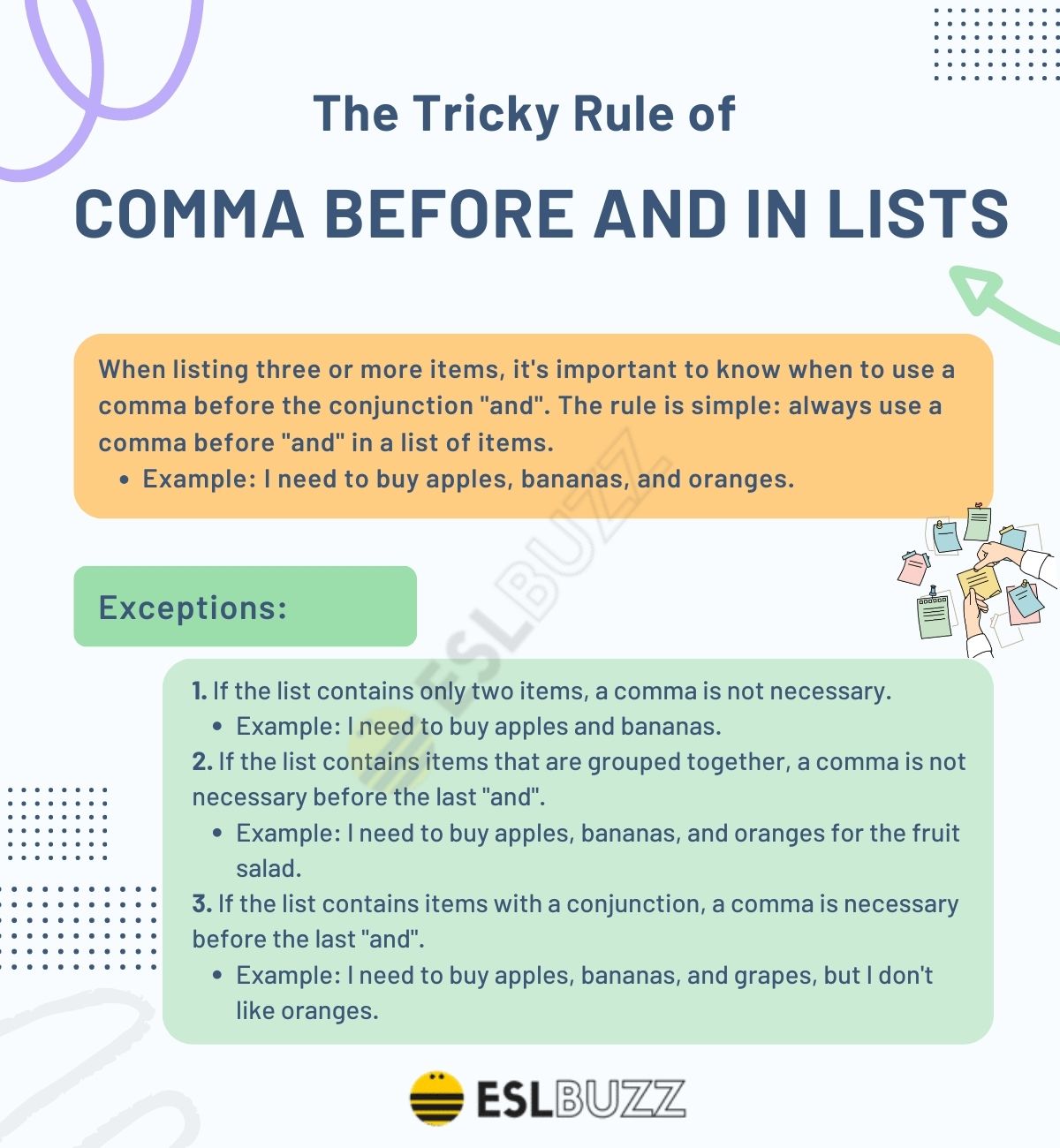I Love You Too Comma

Understanding the Use of Commas in “I Love You Too”
Expressing feelings in written form can sometimes get complicated due to grammar rules. When to use a comma in the phrase “I love you too” is a common question for many. Let’s delve deep into this topic and unravel the correct usage of commas in this expression of affection.
Key Points to Remember
When it comes to punctuation, the comma plays a key role in conveying the right message. Here are some vital points to note:

- Commas can change the meaning of a sentence.
- The inclusion or omission of a comma before “too” can affect emphasis.
- Informal speech often excludes the comma, while formal writing might include it for clarity.
When to Use a Comma with “Too”
At the End of a Sentence

Informal Writing:
– Typically does not require a comma.
– Example: “I love you too”

Formal Writing:
– A comma can clarify the sentence.
– Example: “I love you, too”
In the Middle of a Sentence
- Surround “too” with commas for emphasis.
- Example: “I, too, love the taste of hamburgers.”
The Comma Before “Too” for Clarity and Emphasis

The choice of comma usage before “too” can subtly change the meaning and tone of the sentence. Here’s a breakdown of situations, which may help determine the right approach:
Clarifying Sentences
- Without Comma: “He has the ball too” implies inclusion.
- With Comma: “He has the ball, too” gives a slight pause for emphasis.
Adding Emphasis
- Example: “I love you, too” can emphasize the reciprocation of feelings.

Comma Usage in Direct Address
It’s important to distinguish the use of “too” from the direct address use of commas. Here’s an example using names which should always be separated by commas:
– Incorrect: “I love you Jenny.”
– Correct: “I love you, Jenny.”
Tables and Lists: Comma Rules Simplified
When to Use a Comma With “I Love You Too”
Does Starbucks Hire At 14 15 16 17 Years Old
| Use Case | Example | Comma Needed? |
|---|---|---|
| End of Sentence | I love you too | No |
| Emphatic Statement | I love you, too | Optional |
| Middle of Sentence | I, too, love ice cream | Yes |
When Not to Use a Comma
- Do not use a comma if “too” is not causing confusion or if it is at the end of a sentence in informal contexts.
Summary of Comma Rules
In summary, the decision to add a comma before “too” at the end of a sentence like “I love you too” often comes down to stylistic choice and formal versus informal context. Remember that adding a comma can help with clarity and emphasis but is not always grammatically necessary.
Final Thoughts on “I Love You, Too” Comma Use
The intricacies of grammar and punctuation can sometimes overshadow the message we wish to convey. Yet, it’s the subtleties like comma placement that can add depth to our sentiments. Whether to include a comma before “too” ultimately depends on the desired impact and formality of the situation. Always consider your audience and the tone of your writing when making these decisions.





